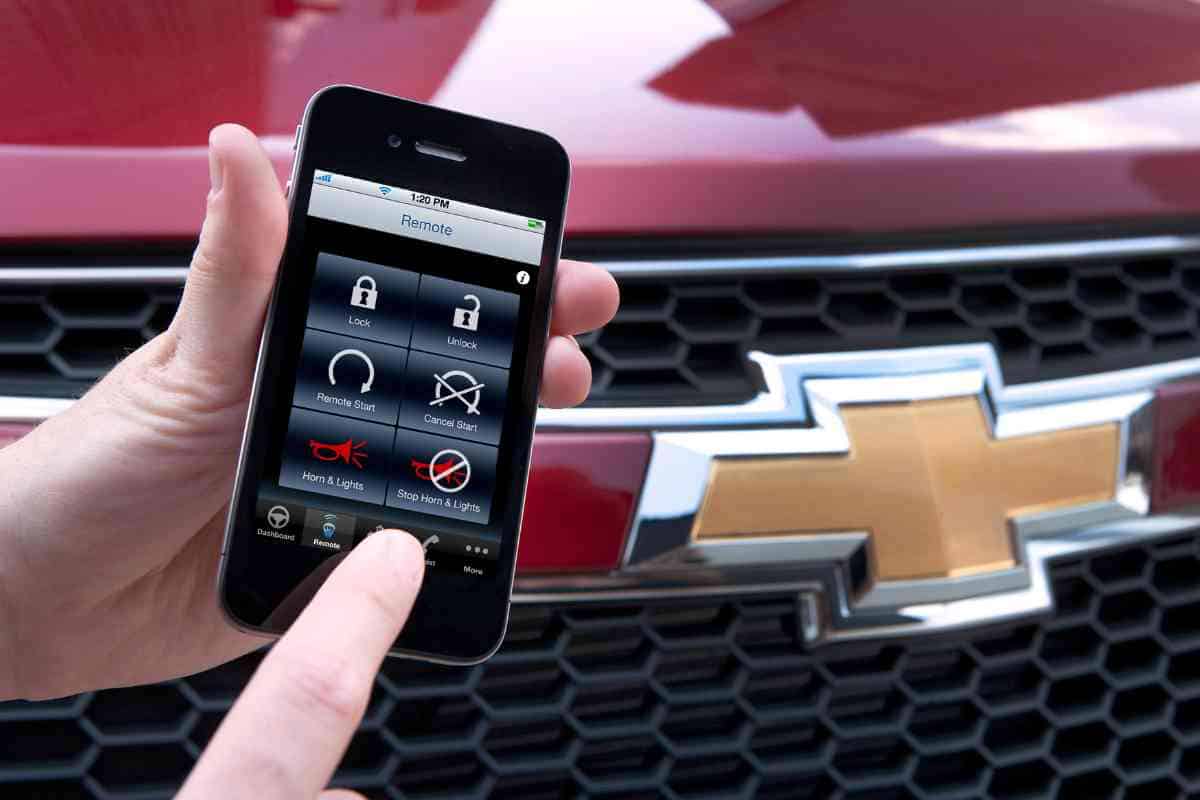GM to Drop Apple CarPlay and Android Auto—Even on Gas Cars
General Motors is doubling down on one of its most controversial tech moves yet. After removing Apple CarPlay and Android Auto from its electric vehicles, CEO Mary Barra confirmed the company will now eliminate the systems from all future gas-powered models as well.

Speaking on The Verge’s Decoder podcast, Barra said the decision is part of GM’s long-term plan to transition all vehicles—EVs and ICE alike—to an in-house infotainment platform powered by Google. The rollout will begin with the 2025 Cadillac Escalade IQ and expand across Chevrolet, GMC, and Buick lineups by 2028.
Bye Apple CarPlay: The End of Familiar Convenience
For many drivers, this move feels like losing a trusted companion. Apple CarPlay and Android Auto are among the most widely used in-car technologies today, allowing drivers to mirror their smartphones for navigation, messaging, and music. According to S&P Global Mobility, 84% of U.S. car buyers say smartphone connectivity is a “must-have” feature when shopping for a new vehicle.

“Drive Past Myths: Get the Real Deal on Car Buying!”
🚘 Uncover 13 Car Buying Misconceptions with Our FREE Newsletter!
Plus you will get our quick tips, expert advice, and myth-busting insights delivered straight to your inbox.
Subscribe now and make informed decisions without the detours.
“Experts Hate This! Learn the Car Buying Secrets They Don’t Want You to Know. Free Subscription!”
This is ironic because GM had won S&P Global Mobility’s award for customer loyalty. Now, it might have to return it.
However, GM argues it can offer something better. By controlling its software, the automaker says it can deliver faster updates, tighter integration with driver-assist systems, and a more consistent interface across its lineup. It also allows the company to collect valuable data directly—something Apple’s privacy-focused ecosystem limits.
Still, customers may not be convinced. Car and Driver notes that GM’s infotainment systems historically rank below competitors in J.D. Power satisfaction studies, while Apple CarPlay routinely tops the charts. Another competitor using Apple CarPlay is RAM. Forcing buyers to abandon a seamless experience for a proprietary system could backfire.
The Real Motive: Data and Dollars
Underneath the tech talk lies a financial motive. Owning the infotainment stack means owning the revenue. By keeping drivers within its own system, GM can sell app subscriptions, over-the-air upgrades, and even paywalled features like advanced driver assistance.
It’s a strategy already embraced by Tesla and Rivian—brands that built their own ecosystems from scratch and never offered CarPlay or Android Auto. But the difference, as The Verge points out, is that GM’s customer base expects choice, not restriction. Millions of GM owners use Apple or Android devices daily; cutting them off risks alienating loyal buyers.
Meanwhile, other automakers are taking the opposite path. Ford CEO Jim Farley confirmed in 2023 that Ford’s EVs and gas models will continue to support CarPlay and Android Auto, calling them “what our customers want.”
Toyota, Hyundai, and Honda have all reaffirmed their commitment to the platforms, viewing them as essential to buyer satisfaction.
The Bigger Picture
GM’s gamble reflects a broader tension in the auto industry: who controls the dashboard—the automaker or Silicon Valley? For drivers, the answer increasingly determines how flexible, personalized, and enjoyable their cars are to use.
GM insists that removing CarPlay and Android Auto will pave the way for a smarter, more connected experience. But to many buyers, it feels more like a walled garden. And at a time when vehicles are already more expensive and less customizable, losing freedom inside the cabin may be one change too far.
